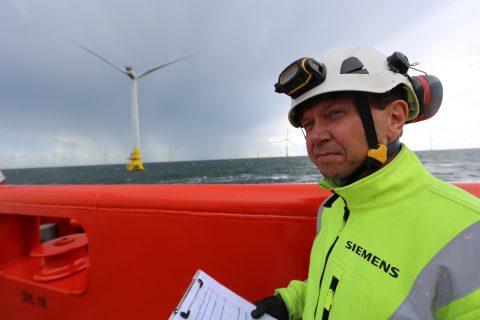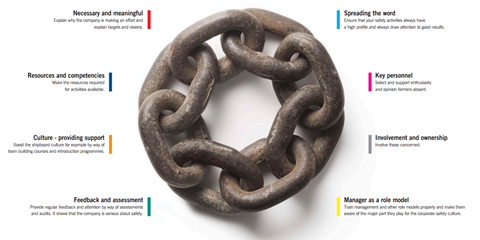
Article courtesy Siemens TheEnergyBlog
2015 marked the beginning of a new era in offshore wind power, when Siemens Wind Power Service christened the first of two purpose-built Service Operation Vessels (SOVs). Now one year on we take a look back at the 1st year to find out how the vessel has performed and how those who use them every day feel they have improved their working lives at sea. In this article we follow up with Andreas Geißen, who is one of the Environmental Health & Safety Officers responsible for ensuring the day-to-day safety of the teams who service the wind farm from this pioneering and floating offshore base. Continue reading

